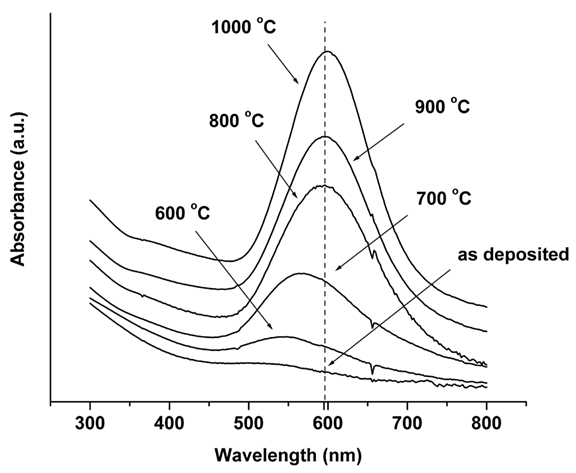Chemical sensors which are compatible with harsh environments (temperatures above 500°C in the presence of either oxidative or reductive atmospheres), are currently a barrier towards the development of control feedback and safety systems for combustion related applications that include: automotive, aerospace, gas turbines and solid oxide fuel cells. These sensing roadblocks are due to the degradation of the sensing system due to material incompatibilities and instabilities within the sensing environment. We are developing all-optical sensing techniques where the sensing component is exposed to the harsh environment and the optical characteristics of the material are interrogated remotely using standard optical techniques. The sensing elements are based on metal, bi-metallic, and metal-oxide nanoparticle doped metal-oxide nanocomposites. Currently, we have prototype materials that are able to reliably sense hydrogen for over 200 cycles at 650°C in an ambient air carrier gas. Future work is aimed at developing a suite of tailored nanomaterials to sense methane, CO, NOx and SOx.
A material set of interest includes a nanocomposite material comprised of gold nanoparticles embedded within a yttria-stabilized zirconia matrix (YSZ). We have performed an extensive set of experiments that characterizes the optical properties, and specifically the surface plasmon resonance band, of the gold nanoparticles within the YSZ matrix as a function of the nanoparticles size. These experiments used both tranmission and ellipsometric analysis techniques. These baseline experiments have served to characterize the system prior to their study as a function of temperature and gaseous environment.


